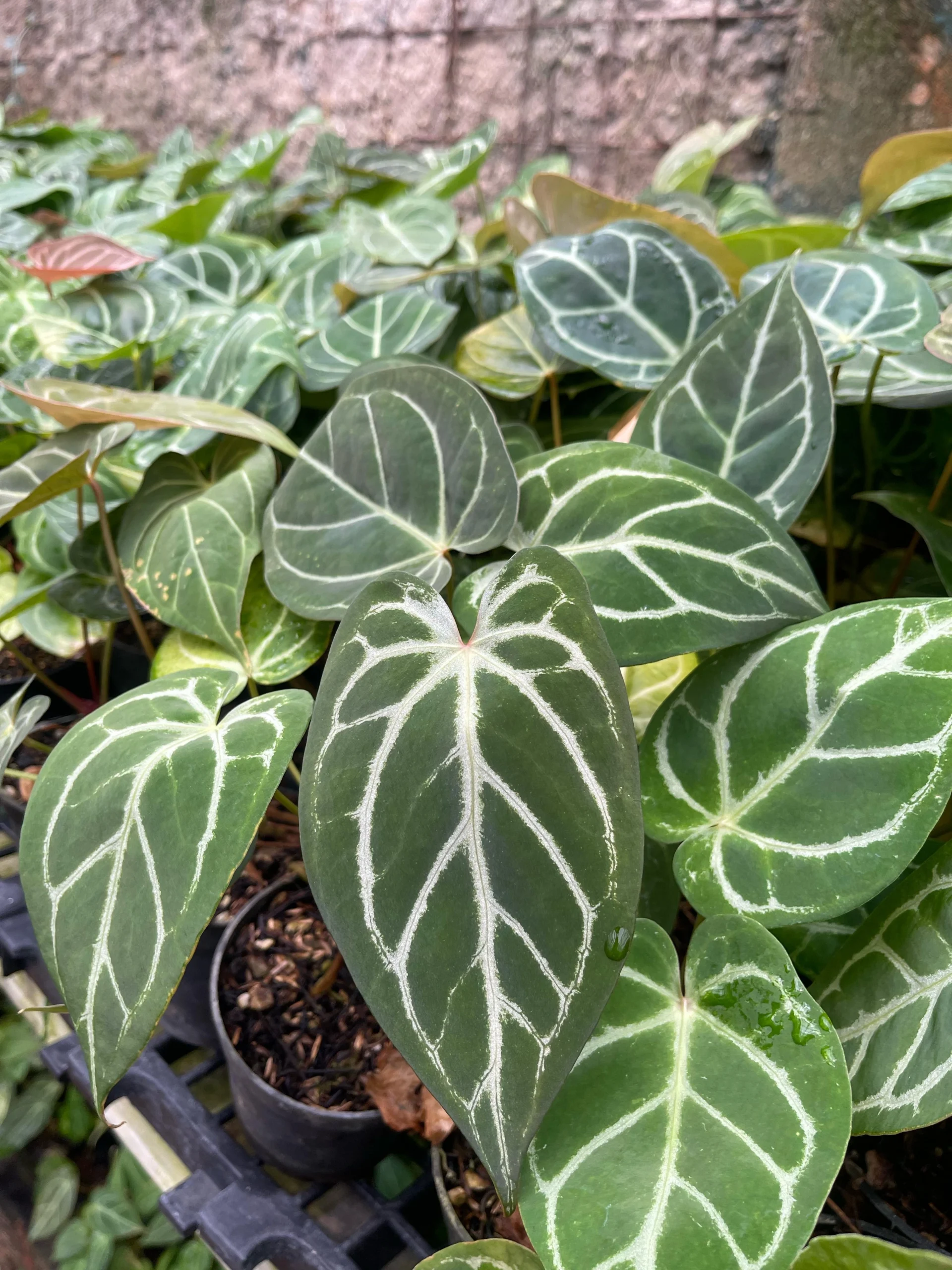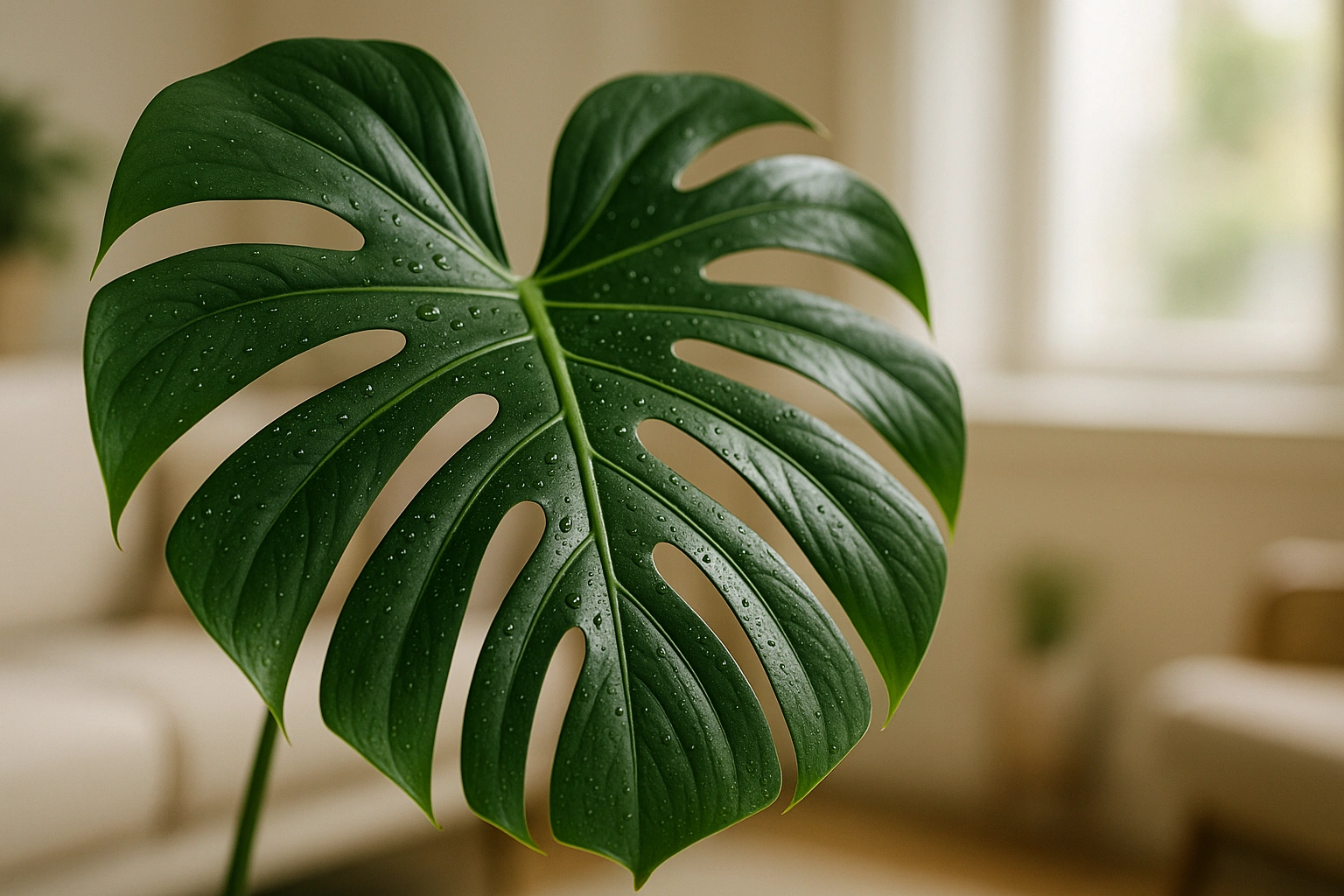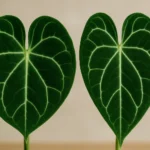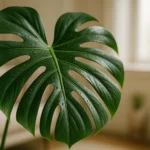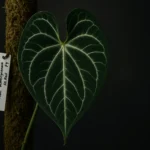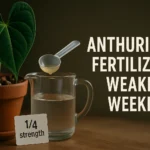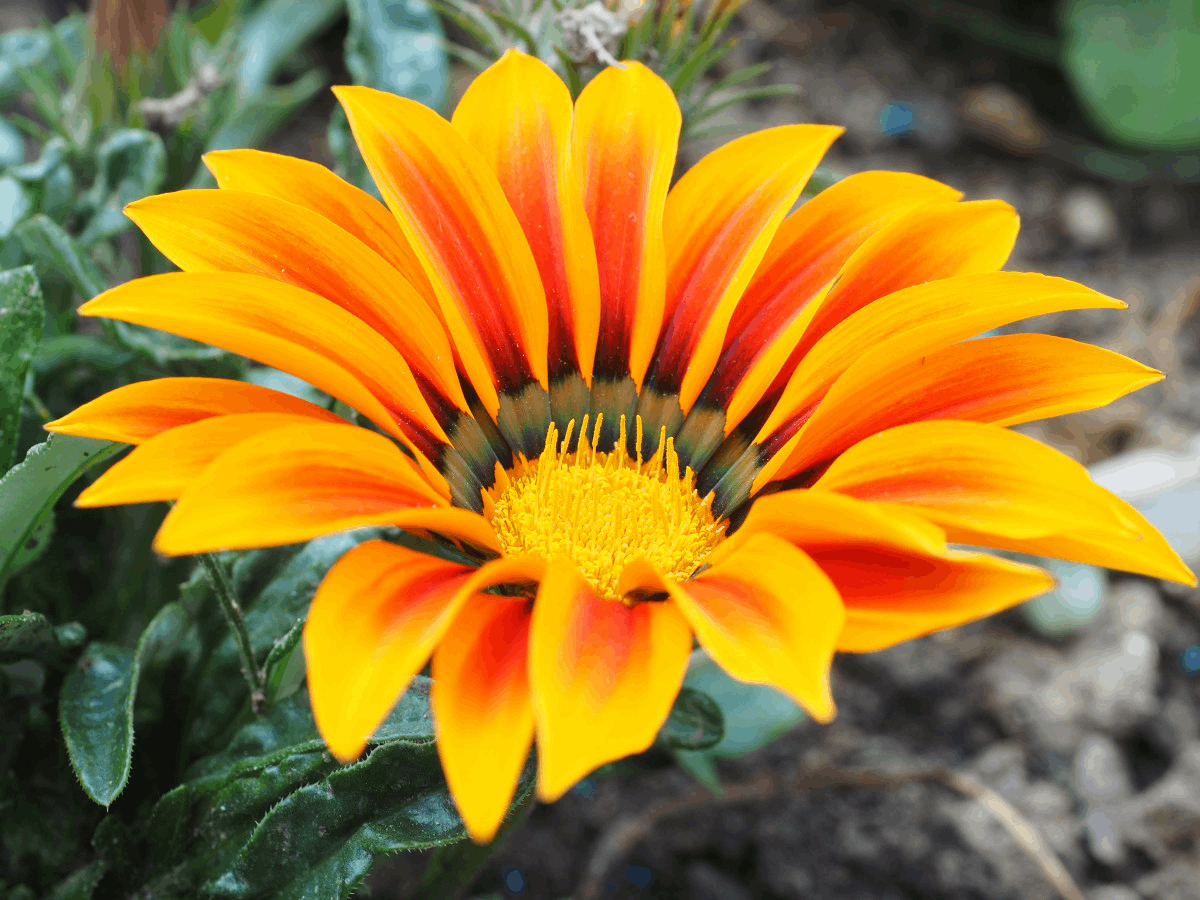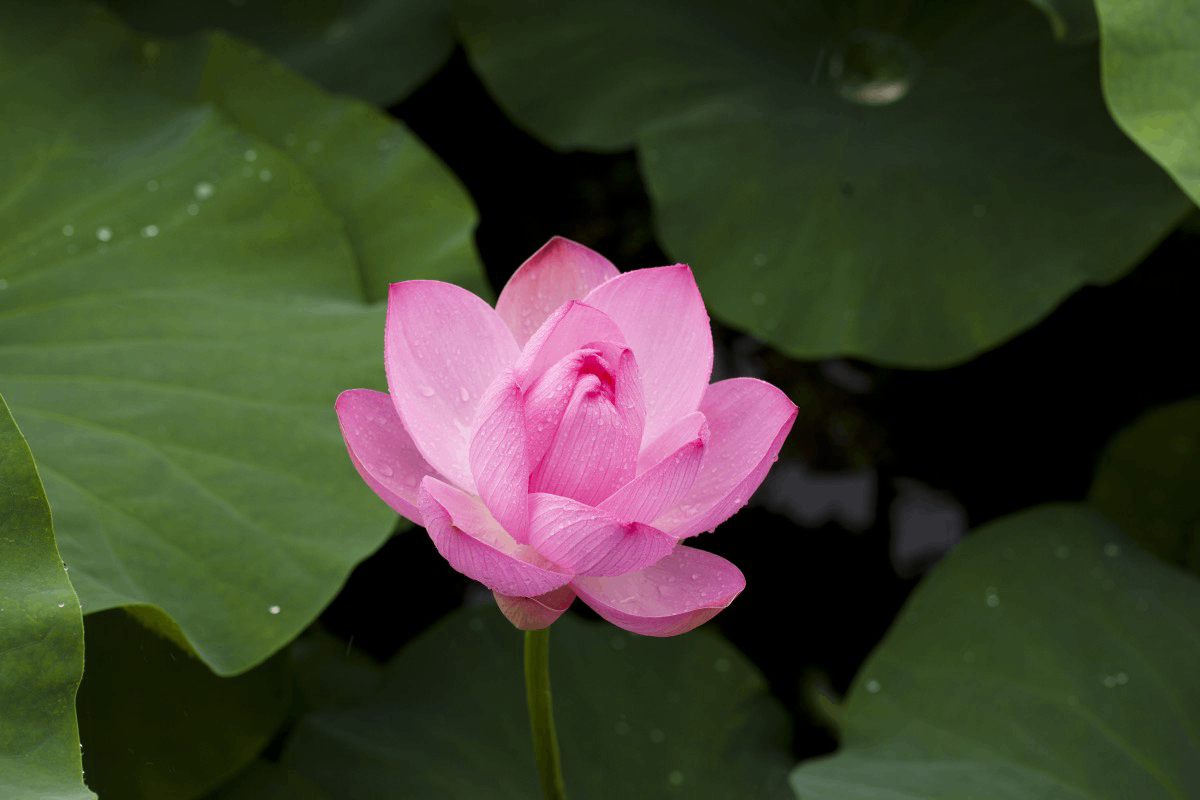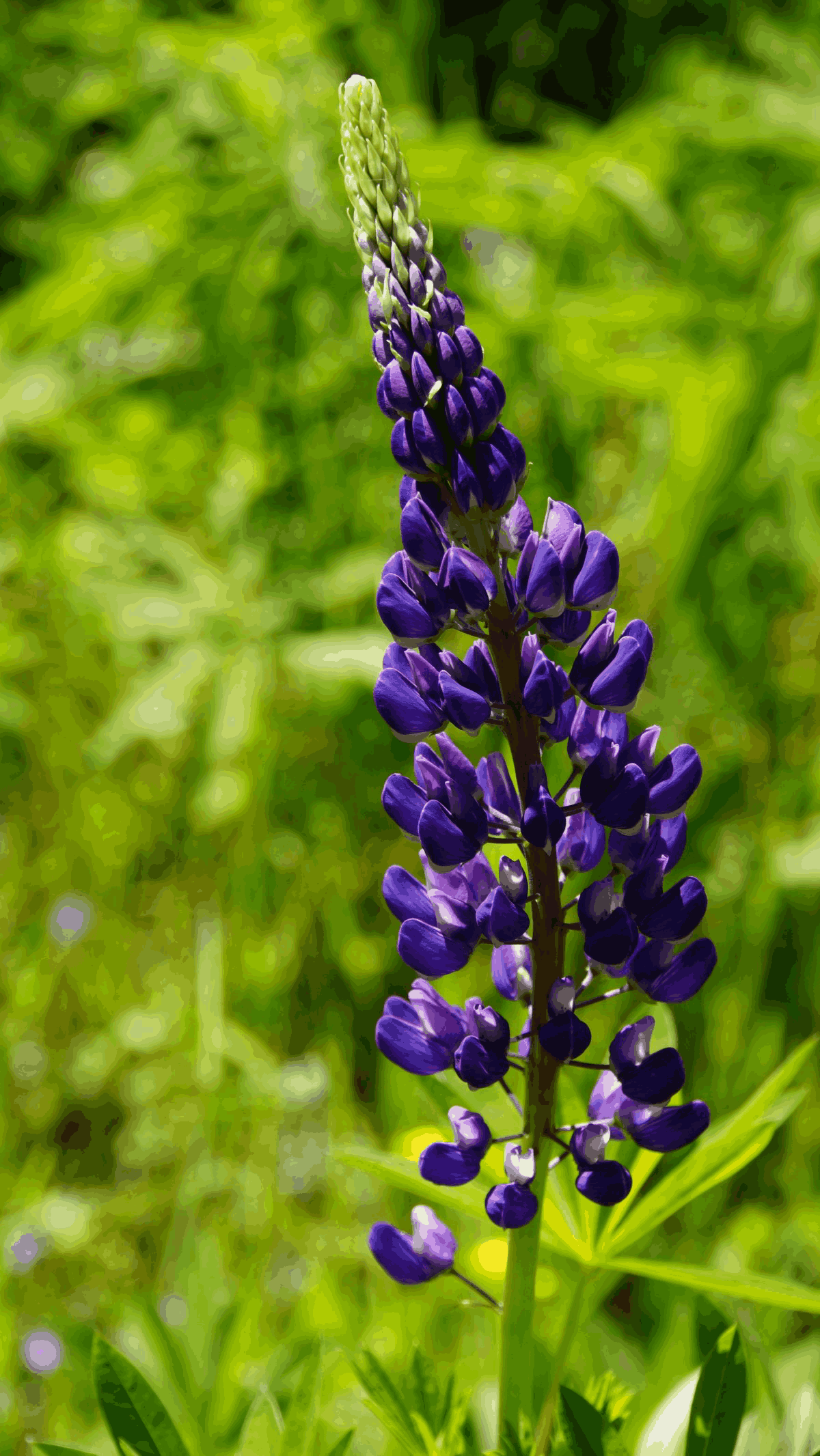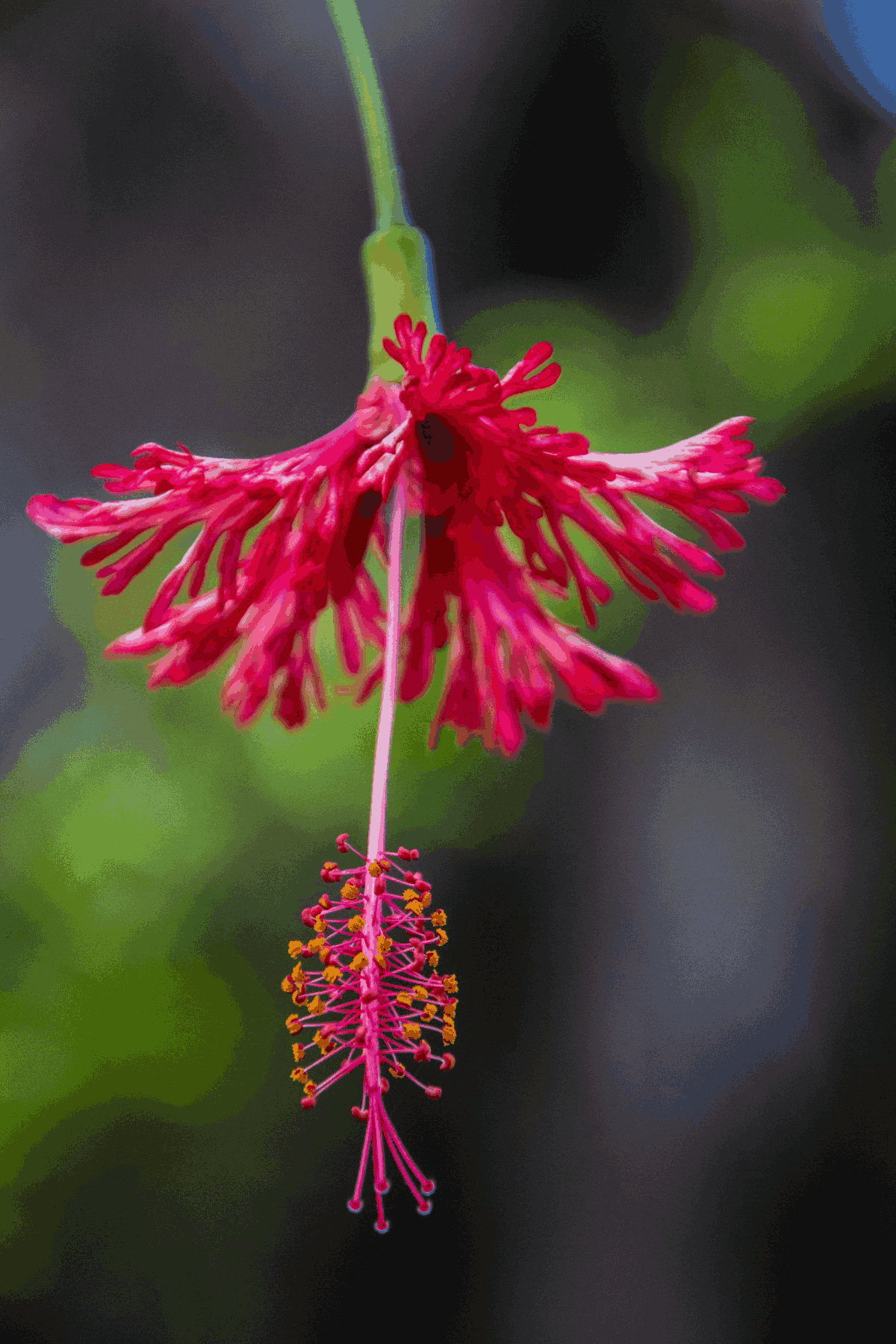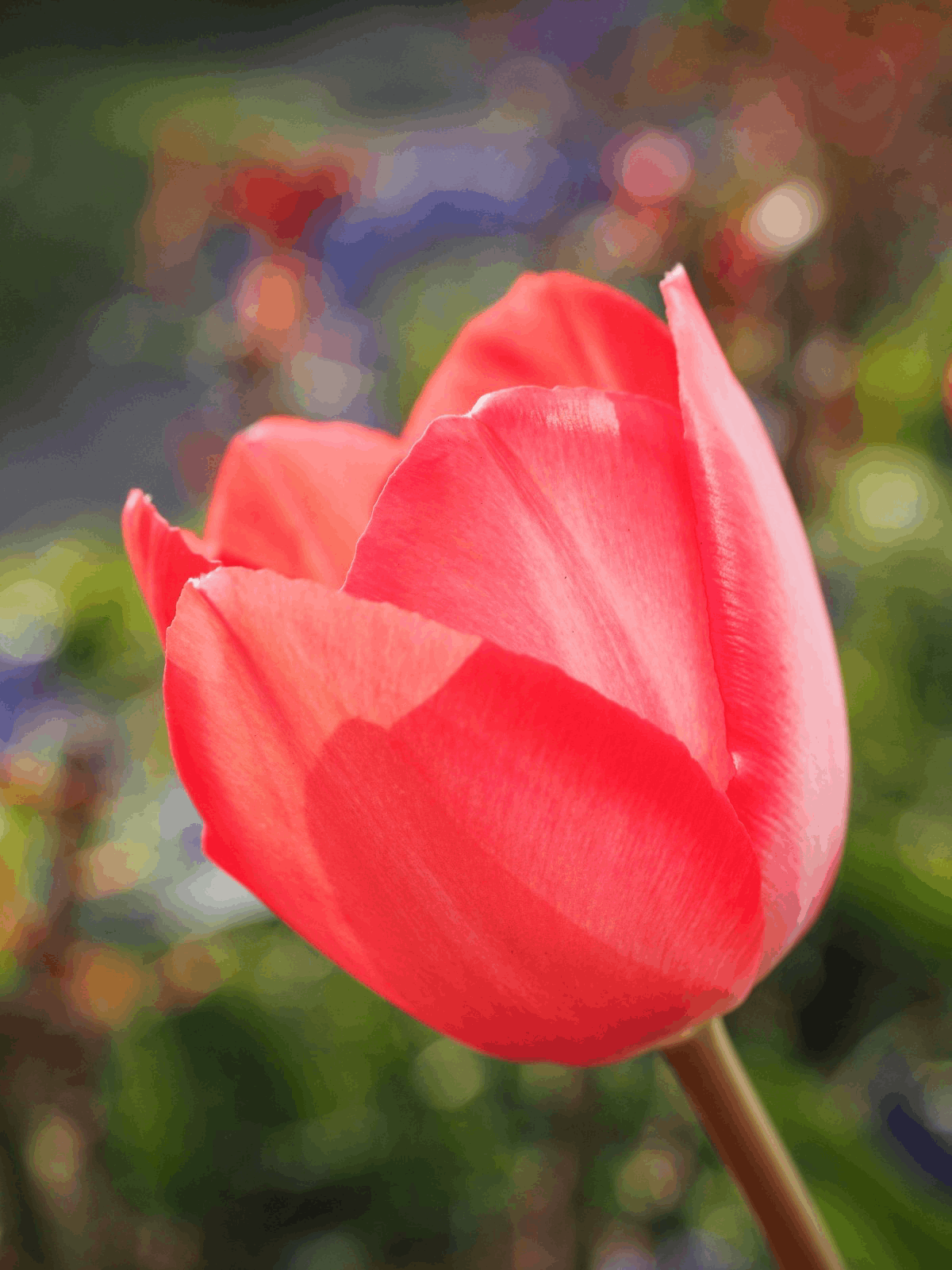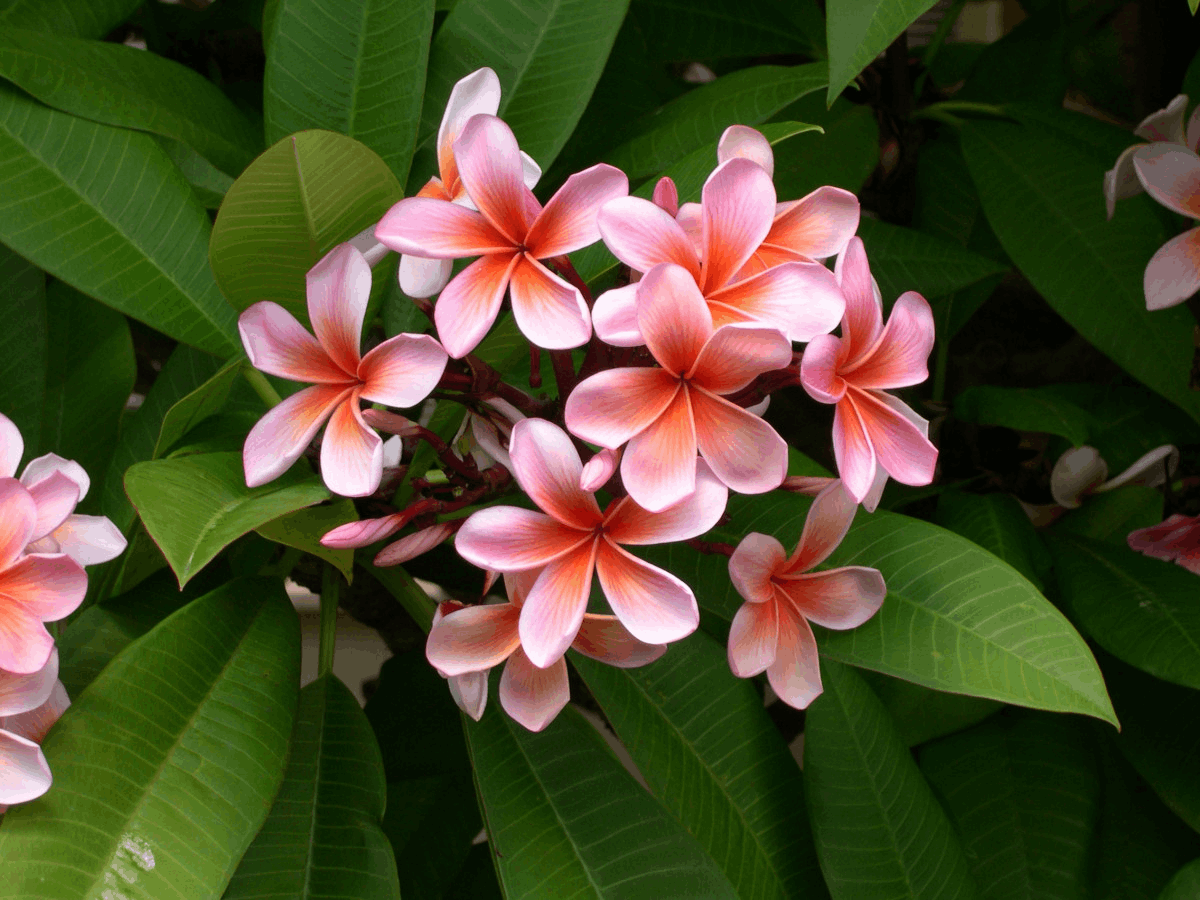Introduction
Have you ever brought home a beautiful plant, only to watch its vibrant leaves droop or develop mysterious brown spots within weeks? It’s a common frustration for plant lovers, especially when dealing with the iconic Monstera. With its stunning, naturally splitting leaves, this plant is a centerpiece in any home, but its care can feel intimidating. From achieving those famous leaf splits (fenestrations) to understanding the delicate nature of a variegated Monstera, it’s easy to feel lost.
This guide is your roadmap to success. We’ll demystify every aspect of Monstera care, from basic taxonomy to the secrets of a perfect aroid potting mix. You’ll learn how to choose a healthy plant, what to expect when it arrives in the mail, and exactly how to acclimate it during its crucial first week. At GreenWandering, we believe in empowering you with knowledge, backed by our commitment to curated, healthy plants, real photos, and safe, secure packing. Let’s grow something beautiful together.
What Is a Monstera?
In simple terms, a Monstera is a genus of tropical flowering plants native to the rainforests of Central and South America. They are part of the Araceae family, commonly known as aroids. While there are dozens of species, the most famous is undoubtedly Monstera deliciosa, often called the “Swiss Cheese Plant” for its iconic holes. According to authoritative sources like Kew’s Plants of the World Online, this genus is celebrated for its unique leaf development, a process called fenestration.
In 2025, the Monstera remains a superstar of the indoor plant world. Its lush, jungle-like foliage fits perfectly with modern design trends that emphasize natural elements and biophilic design (bringing the outdoors in). As more people live in apartments and smaller spaces, a thriving Monstera can instantly create a sense of an urban oasis. Its photogenic leaves are a staple on social media, making it not just a plant but a piece of living art that signals style and a connection to nature.
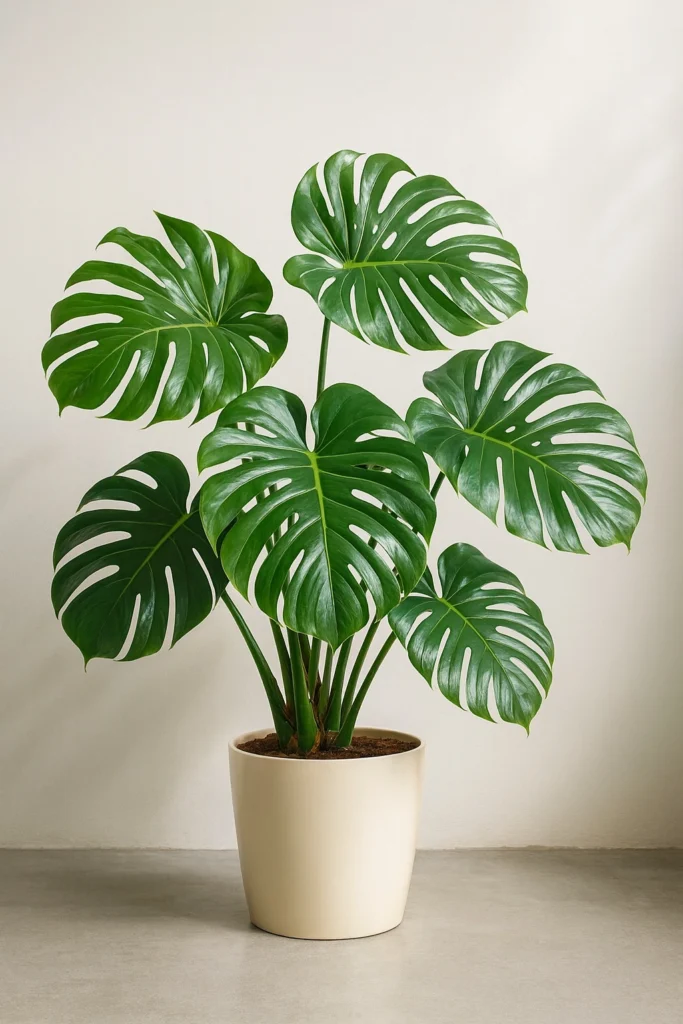
Key Visual Traits & Identification
Understanding the visual language of your Monstera is the first step toward providing excellent care. Each feature tells a story about its health, maturity, and environment.
Leaf Shape & Fenestration
The most captivating trait of a Monstera is its leaf fenestration—the development of holes and splits in its leaves. This isn’t damage; it’s a sign of maturity. Young plants start with solid, heart-shaped leaves. As they age and receive adequate light, they begin to produce their signature splits. Scientists believe this adaptation helps the large leaves withstand strong winds and allows light to filter down to the lower leaves in a dense rainforest canopy. Leaves can be glossy, like on a Monstera deliciosa, or have a more delicate, paper-like texture as seen on a Monstera adansonii.
Color & Variegation
While the classic deep green is stunning, the variegated Monstera is the crown jewel for many collectors. Variegation appears as splashes, speckles, or large blocks of white, cream, or yellow on the leaves. This is due to a genetic mutation that prevents chlorophyll production in certain cells.
- Stable vs. Unstable: Varieties like the ‘Thai Constellation’ have stable, speckled variegation. In contrast, the ‘Albo Variegata’ has unstable, sectoral variegation, meaning it can revert to all-green or produce all-white leaves (which cannot sustain themselves).
- Care Impact: Variegated sections are more sensitive. They lack chlorophyll, so the plant needs more bright, indirect light to photosynthesize effectively. They are also more prone to browning if watering or humidity levels are inconsistent.
Growth Habit
Most Monsteras are climbers. In the wild, they use their aerial roots to attach to trees and climb toward the light. Replicating this indoors is key to encouraging larger, more fenestrated leaves.
- Nodes & Aerial Roots: The bumps along the stem are nodes, where new leaves, roots, and aerial roots emerge. These aerial roots can be tucked into the pot, left to hang, or, ideally, guided onto a moss pole.
- Space Needs: A happy Monstera is not a small plant. A mature M. deliciosa can easily spread 3-5 feet wide and grow much taller with support. Plan for its eventual size when choosing a spot.
Care Basics for Healthy, Photogenic Leaves
Getting the fundamentals right is 90% of the battle. Monsteras are surprisingly forgiving once you understand their core needs.
- Light: Bright, indirect light is the gold standard.
- Watering: Water thoroughly when the top 2-3 inches of soil are dry.
- Humidity: Prefers 50-70% humidity but can adapt to average household levels.
- Temperature: Comfortable in typical indoor temperatures (65–85°F or 18–30°C).
- Airflow: Good air circulation helps prevent fungal issues.
Soil & Potting Mix
The right foundation is crucial. A dense, water-retentive soil will quickly lead to root rot, the number one killer of Monsteras. You need a chunky, well-draining aroid potting mix. You can buy pre-made mixes or create your own.
DIY Aroid Mix Recipe:
- 1 part high-quality indoor potting soil
- 1 part orchid bark
- 1 part perlite or pumice
- A handful of horticultural charcoal (optional)
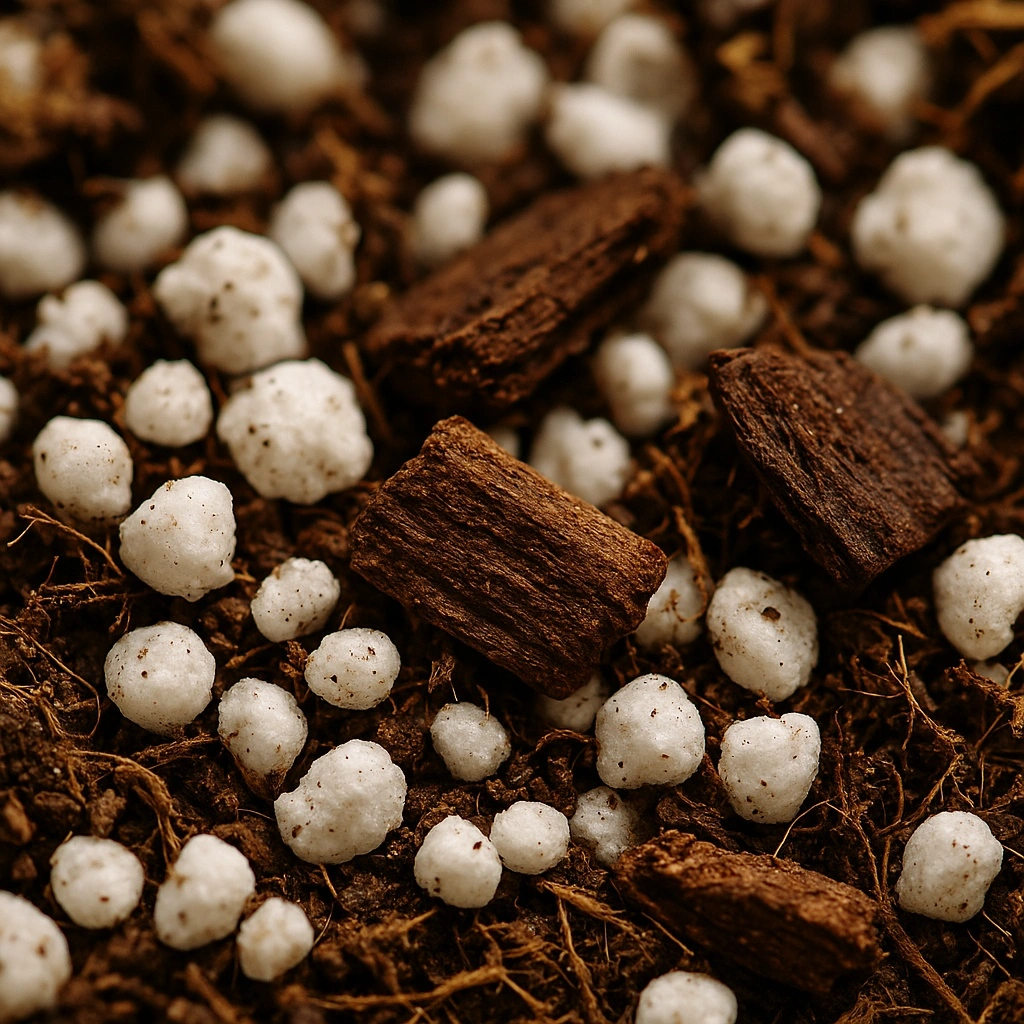
This mixture provides the perfect balance of moisture retention and aeration, mimicking the forest floor where these plants thrive. Ensure your pot has drainage holes.
Watering Rhythm & Cues
Forget a strict watering schedule. Instead, learn your plant’s cues. The “finger test” is your best friend: stick your finger 2-3 inches into the soil. If it feels dry, it’s time to water. If it’s moist, wait a few more days.
- Technique: Water thoroughly until it flows freely from the drainage holes. Discard any excess water from the saucer to ensure the plant isn’t sitting in “wet feet.”
- Leaf Cues: Droopy or curling leaves can indicate thirst, while yellowing lower leaves often signal overwatering.
Light Positioning
Finding the sweet spot for light can make the difference between a stagnant plant and one that produces stunning new leaves.
- Ideal: Place your Monstera near an east-facing window for gentle morning sun, or a few feet back from a south or west-facing window.
- Avoid: Direct, harsh sunlight will scorch the leaves. Low light will result in small leaves with no fenestrations and slow, “leggy” growth.
Fertilization & Growth Season
Monsteras are active growers during the spring and summer. During this period, feed them with a balanced liquid fertilizer diluted to half-strength every 2-4 weeks. In the fall and winter, reduce feeding to once every 1-2 months or stop entirely. For personalized advice, consider our plant care services.
Buying Guide: Choosing a Healthy Plant
Selecting a healthy specimen from the start sets you up for success. Whether you’re buying online or in person, here’s a checklist:
- Leaf Condition: Look for vibrant, firm leaves. Avoid widespread yellowing or brown spots.
- Pest Check: Inspect the undersides of leaves for webbing, white cottony masses, or tiny black specks.
- Root Health: Healthy roots are firm and white or light tan, not dark and mushy.
- Node Activity: Look for healthy nodes and perhaps a new leaf unfurling.
- Realistic Photos: A core part of our philosophy. Read more on our About page.
Ethical Sourcing: Always buy from reputable sellers who propagate their own plants or source them responsibly.
Browse our Projects portfolio to see our quality, and feel free to Contact us for availability.
Shipping & First-Week Acclimation
Receiving a plant in the mail can be stressful. Expect your Monstera to arrive secured, with padding and properly moist soil.
Unboxing Steps
- Document: Take photos or a video as you unbox for damage claims.
- Inspect: Gently check for pests and damage.
- Isolate: Keep your new plant separate from others for a week or two.
- Water Timing: If bone dry, water thoroughly. If moist, wait a day or two.
7-Day Acclimation Plan
Your plant just went through a dark, bumpy journey. Don’t overwhelm it.
- Day 1-3: Place it in medium, indirect light with good humidity.
- Day 4-7: If stable, slowly move it to its permanent, brighter spot.
- Minimal Disturbance: Do not repot, prune, or fertilize for at least two weeks.
Our curation services ensure every plant is ready for its journey.
Comparison of Popular Monstera Varieties
| Plant | Key Leaf Feature | Light | Watering | Growth | Difficulty | Best For |
|---|---|---|---|---|---|---|
| Monstera deliciosa | Large, glossy leaves with deep splits. | Bright, indirect | Moderate | Fast | Beginner | Bold statement |
| Monstera adansonii | Delicate leaves with many holes. | Medium-bright | Moderate | Fast (vine) | Beginner | Hanging baskets |
| M. ‘Thai Constellation’ | Stable, speckled variegation. | Bright, indirect | Moderate | Medium | Intermediate | Reliable showpiece |
| M. ‘Albo Variegata’ | Unstable blocks of white variegation. | Very bright, indirect | Careful | Medium | Advanced | Dedicated collector |
| Rhaphidophora tetrasperma | Not a true Monstera. Small, split leaves. | Bright, indirect | Moderate | Very Fast | Beginner | Small spaces |
Common Mistakes to Avoid
- Overwatering: The #1 mistake. Always check the soil first.
- Potting Too Big: Only go up 1-2 inches in pot diameter when repotting.
- Direct Sun: This will scorch the leaves.
- Low Humidity & Airflow: Stagnant, dry air encourages pests.
- Drastic Moves: Avoid moving your plant frequently, especially after shipping.
- Chasing Unstable Variegation: A balance of green and white is needed for survival.
- Not Providing Support: Climbing varieties need a pole for mature growth. Find more tips on our Blog.
Expert Tips & Best Practices
Ready to level up your care? Here are some pro tips from the GreenWandering team.
- Time Your Trellis: Add support during repotting to avoid root damage.
- Minimize Repot Shock: Water your plant a day or two before repotting.
- Clean Your Leaves: Gently wipe leaves with a damp cloth every few weeks.
- Aerate Your Soil: Gently poke a chopstick into the soil to introduce oxygen.
- Rotate Your Plant: Turn it 90 degrees weekly for even growth.
- Propagate with Purpose: Cuttings with a node can be propagated in water.
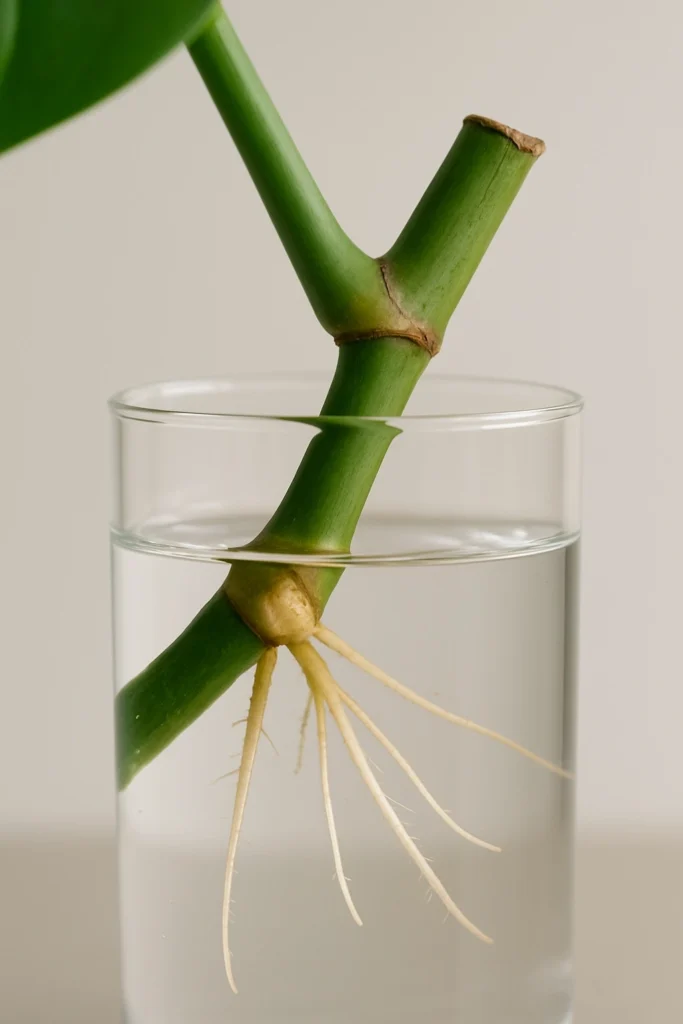
“The secret to a happy Monstera isn’t complicated. It’s consistency. Give it the right light, learn its watering rhythm, and provide something to climb. The plant will do the rest.”
Frequently Asked Questions (FAQ)
How much light does a Monstera need to get splits (fenestrations)?
To develop its signature leaf splits, or fenestrations, a Monstera needs several hours of bright, indirect sunlight each day. An east-facing window is ideal. In low light, the leaves will remain small and solid.
Why are my Monstera’s leaves turning yellow?
Yellowing leaves are most often a sign of overwatering. Check if the soil is soggy. Let the top 2-3 inches of soil dry out completely before watering again. Yellowing can also be caused by nutrient deficiency, but overwatering is the more common culprit.
How do you keep a variegated Monstera from turning brown?
The white or cream parts of variegated leaves are very sensitive and lack chlorophyll. To prevent browning, provide consistent care. Give it very bright, indirect light, maintain higher humidity (60%+ is ideal), and avoid letting the soil dry out completely or stay overly wet.
When should I repot my Monstera and what mix should I use?
Repot your Monstera every 1-2 years or when it becomes root-bound. The best time is in the spring. Use a chunky, well-draining aroid potting mix containing ingredients like orchid bark and perlite.
Can I grow a Monstera in a low-light room?
While a Monstera can survive in lower light conditions, it will not thrive. Growth will be slow, leaves will be small, and it will not develop fenestrations. For a healthy, iconic-looking plant, bright, indirect light is necessary.
Conclusion
Growing a magnificent Monstera is a deeply rewarding experience, transforming any space with its wild, beautiful foliage. By focusing on the fundamentals—providing bright, indirect light, a chunky aroid potting mix, and a consistent watering rhythm—you can cultivate a healthy, thriving plant. Remember the importance of choosing a healthy specimen and giving it a calm, patient acclimation period after its journey to your home. With these insights, you are well-equipped to nurture not just a plant, but a living sculpture that will bring you joy for years to come.
Ready to find your perfect leafy companion? Browse our curated selection in our Projects portfolio and contact us if you’re looking for something special.
